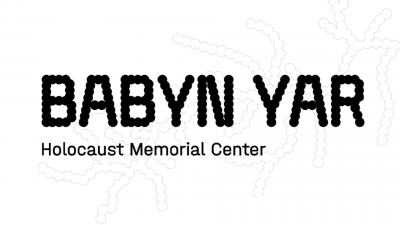 The Holocaust was the state-sponsored, systematic persecution and murder of six million European Jews by Nazi Germany and its allies and collaborators. It was a process of destruction across Europe between 1933 and 1945.
The Holocaust was the state-sponsored, systematic persecution and murder of six million European Jews by Nazi Germany and its allies and collaborators. It was a process of destruction across Europe between 1933 and 1945.
The Nazi plan for persecuting the Jews intensified in 1941 with an intensifying campaign of anti-Semitic policies and measures that stripped Jews of their human and civil rights. Beginning that year, in a plan called the “Final Solution to the Jewish Question,” Nazi leaders decided to carry out deliberately targeted mass murder of European Jews.
After Germany invaded the Soviet Union on June 22, 1941, German killing squads, often with the assistance of local collaborators, began carrying out mass shootings of entire Jewish communities. These mass shooting operations took place in more than 1,500 cities, towns, and villages throughout Eastern Europe.
One of the deadliest massacres took place in the Babyni Yar valley outside the Ukrainian capital of Kiev. Between September 29 and 30, 1941, German police and auxiliaries killed 33,771 Jews at Babyni Yar. The valley remained a killing field until the fall of 1943. Over those two years, it is estimated that the Nazis killed between 70,000 and 100,000 Jews and non-Jews at Babyni Yar.
By the end of the Holocaust, nearly two out of every three European Jews had been murdered. Millions of other victims of Nazi persecution and murder included political opponents, Jehovah’s Witnesses, homosexuals, hardened criminals, anti-social activists, Afro-Germans, the mentally or physically disabled, Roma, Poles and other Slavic peoples, and Soviet prisoners of war.
An international foundation has been established to support the creation of the Babyn Yar Holocaust Memorial Center for the collection, study and dissemination of knowledge about this tragedy. This non-governmental organization is building the first modern Holocaust museum in Eastern Europe and establishing a center for the study of the tragedy, where large-scale scientific and educational activities will be carried out. The Memorial Center will combine a museum, a research institute, a library, an archive and an online multimedia platform. Over the next year, the Center will focus on developing an online project dedicated to the biographies of the victims of the Babyn Yar tragedy, creating a visual archive and a comprehensive study of the distant and recent past of the region. In carrying out these activities, the Memorial Center maintains an open dialogue with Ukrainian society and pays special attention to the public debate on the tragedy and its role in the national memory of Ukraine.

